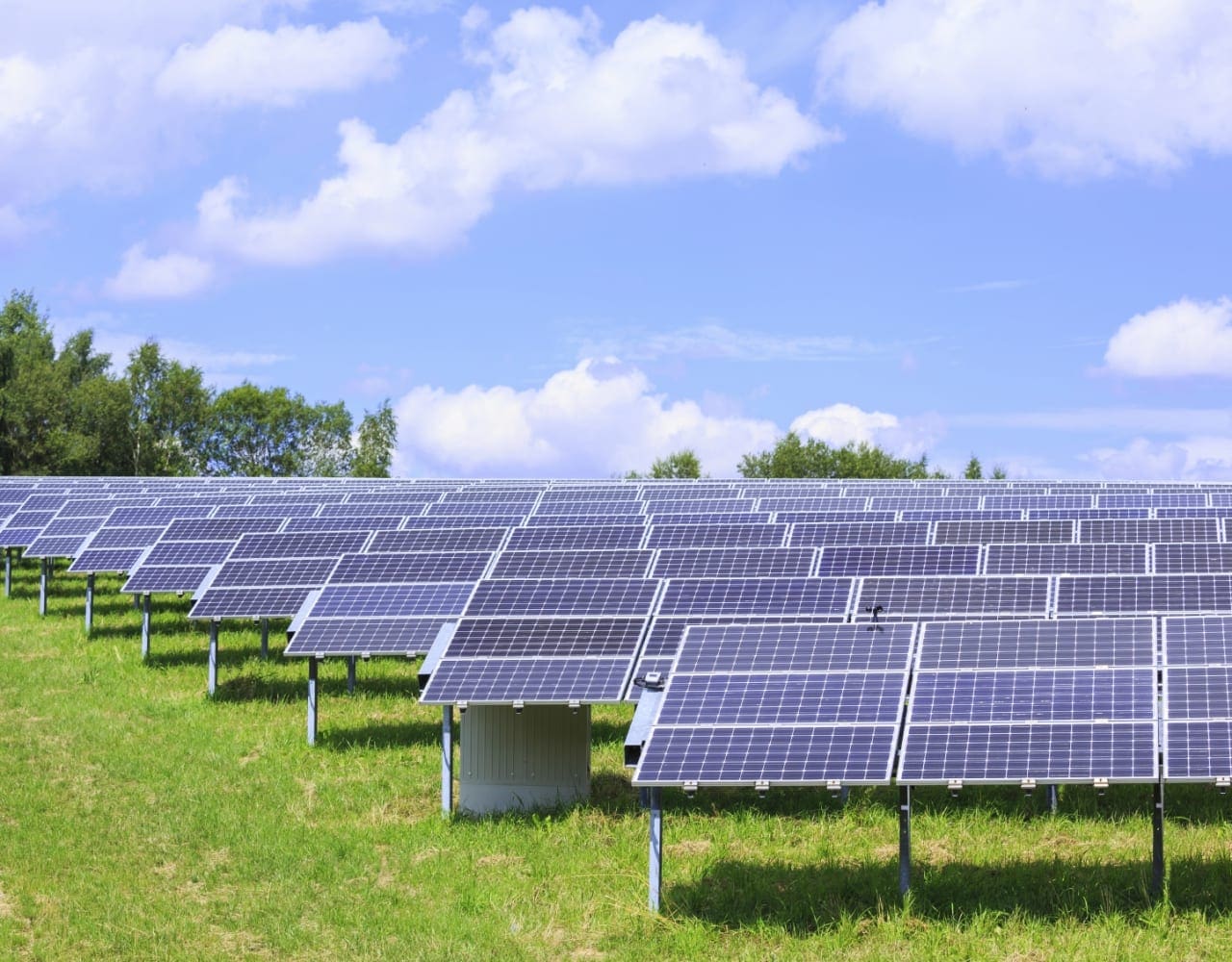Contact our offices
Main office
COLBURN
5 & 6 BAILEY COURT
COLBURN BUSINESS PARK
RICHMOND
NORTH YORKSHIRE
DL9 4QL
Estate Agency Offices are located in
BARNARD CASTLE, BOROUGHBRIDGE & RICHMOND
Residential Management Team
Our Offices
- Alnwick
01665 568310
Email Officealnwick@gscgrays.co.uk - Barnard Castle
01833 637000
Email Officebarnardcastle@gscgrays.co.uk - Boroughbridge
01423 590500
Email Officeboroughbridge@gscgrays.co.uk - Chester-Le-Street
0191 3039540
Email Officechester-le-street@gscgrays.co.uk - Colburn
01748 897630
Email Officecolburn@gscgrays.co.uk - Driffield
01377 337180
Email Officedriffield@gscgrays.co.uk - Hamsterley
01388 487000
Email Officehamsterley@gscgrays.co.uk - Hexham
01434 611565
Email Officehexham@gscgrays.co.uk - Kirkby Lonsdale
01524 880320
Email Officekirkbylonsdale@gscgrays.co.uk - Penrith
01768 597005
Email Officepenrith@gscgrays.co.uk

The Abolition of the Renewable Obligation for Solar
On 21st July 2015 the Department for Energy and Climate Change (DECC) proposed an end to the Renewable Obligation support mechanism for solar farms on 1st April 2016. We take this opportunity to evaluate how this impacts on landowners and developers alike.
What is the significance of the Renewable Obligation (RO)?
The RO was the last in a line of support mechanisms for commercial scale solar development of a predictable and secure nature, the only remaining mechanism being the Contracts for Difference auction process [http://www.gscgrays.co.uk/2015/06/05/subsidies-conservatives-and-solar/]. Due to the unpredictable nature of the auction based scheme, very few developers have the confidence to invest resources in these projects.
Why has the scheme been abolished?
Solar uptake under the RO scheme has far exceeded the government’s budgetary predictions; as a result, spending is at £60 million where it was expected to stop at £20 million. Leonie Greene Head of external affairs at the Solar Trade Association quoted this cost as just £3 per annum added to the household bill.
In order to save consumers their £3, DECC abolished the scheme predicting savings of anywhere between £40 million and £150 million.
What are the implications on the budget?
In saving up to £150 million an additional 2.9 to 7.3 million tonnes of CO2 is predicted to be emitted as we continue to rely on fossil fuels. Under the European Emissions Trade Scheme this would result in fines of up to £185 million.
There is also a risk the UK will miss its 2020 target on renewable energy but DECC has yet to value this cost claiming the risk is low.
The sudden announcement is likely to send shockwaves through the industry by limiting growth, closing businesses and removing employment opportunities. Liam Stoker of the Solar Power Portal estimated this change could be visible in the GDP.
How does solar compare to other technologies
In the results of the first Contracts for Difference auction, solar successfully bid for guaranteed prices of between £50 and £79/mwh. With a base electricity sale price of roughly £50 this leaves a subsidy of no more than £29/mwh, proving it to be one of the most cost effective renewable technologies on the market.
In comparison, onshore wind which has since been excluded was operating at £29 – £32/mwh in subsidies while offshore wind which is still subsidised requires £69/mwh from the taxpayer.
These come as the latest in a string of anti-renewable announcements from the Government at a time when the development at Hinkley Point C is securing a guaranteed price of £92.50/mwh. The European Commission said this could cost consumers as much as £17.6 billion in subsidies.
How are landowners affected?
Discussions are ongoing about the removal of ‘grandfather’ rights which ensure a constructed development continues to receive subsidies at a fixed level for the lifetime of the project. If this is removed, new projects cannot ‘lock down’ the level of subsidies which further increases uncertainty.
If you have a potential solar site, provided planning consent is granted and the site proceeds to export electricity prior to 1st April 2016, you can secure the last of the subsidies however, if permission is refused there will be insufficient time to appeal or re-apply.
Landowners looking at solar development, but without proposals on their land, will need to secure a lease with a developer, undertake all the site surveys and submit and obtain planning permission within eight months, which will be unlikely. Beyond this date, a project will only be viable with a significant cut in land rents or by developing hundreds of acres at a time.
If you have leased your land to a solar developer or have been considering renewable development on your land and are concerned about these changes, please contact Chris Thyer on 01748 829 210.

GSC Grays News
Residential Property Market: Recent Trends and Prospects for the year ahead
Read more







